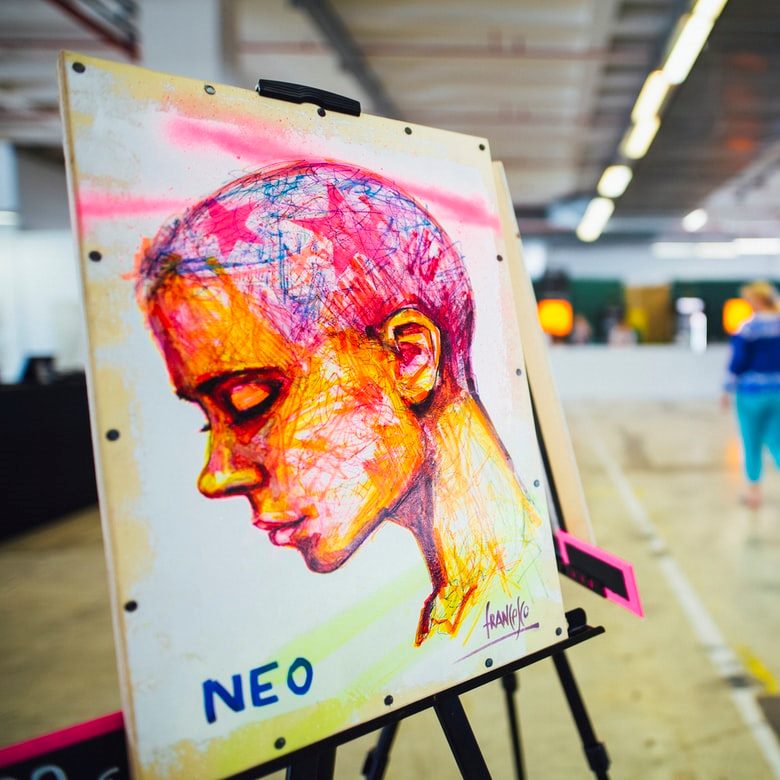How to Improve Art Assessment Marks in Art Shows via Presentation
Taking the time to present artwork within fine art schools and colleges could reap dividends for the art student who wishes to optimize assessment markings.
The quality of artwork within art foundation degrees, higher diplomas, and degree shows are crucial for the final assessment marking. However, this could all go to waste if the art student does not take proper thought and consideration over the presentation.
All or any of the following criteria will apply within fine art shows of further education:
- Creative use of materials
- Competent use of mediums
- Research work
- Experimentation
- Participation in tutorials and critiques
- Written work such as project proposals, essays, and dissertations
But hard work will go to waste if the art tutor decides to take issue with poor presentation. In this respect, the essay writer service suggests that the student must optimize the chances of receiving good assessment marks in art by banishing grubby finger marks, garish mount cards, unevenly hung paintings, and tatty frames.
Checklist for Shows within Fine Art Colleges
The art student need not spend much of the budget upon presentation. Little expenditure is required.
- The exhibition space should be cleaned of dirt and if possible receive a fresh coat of paint.
- Sketch out the exhibitions space and work out which paintings will go where. Be sure to include the best works. Ensure the works are evenly hung, avoiding areas of overcrowding or sparseness. The student will gain an overall feel of the exhibition by standing back.
- Use the stiff, good-quality mounting card for presenting watercolors, photographs, and works within a portfolio.
- Think about the color scheme. The minimal fuss is often best. Consider cream, eggshell, china blue, or pale green for delicate works. Heavy colors for paintings are fine but may cause some artwork to appear washed out particularly watercolors.
- Use a scalpel and metal ruler for window mounting or cutting edges. Never use scissors. Bevel cutters provide an angled edge for a professional finish.
- Spray mount for presenting photographs will guard against gluey smudges and buckling and provide instant adherence.
- Restrictions may apply, but consider using spotlights around the art space to add ambiance. Mobile versions with suction caps can be strategically placed around the exhibition space to enhance the viewing experience.
- Take special consideration over framing. Wide wooden frames will add a rustic feel to oil paintings; contemporary artwork will benefit from a minimum surround. Shopping around for frames, from craft fairs or car boots, may reward the student with old, unusual, or antique frames with which to dress up the artwork.
- If the student is unsure of which color scheme to go with, downloading images onto Photoshop will make experimentation with schemes easier. Trying out un-thought of background colors may yield surprising results.
- Inserting mounted good-quality photographs of artwork into a large plastic wallet will serve well as an artist’s portfolio and keep work clean. Ensure it contains the artist’s details.
Presenting Artwork
Take special consideration over plaques, labels, and printed text. Avoid using fancy or small fonts and keep text to a minimum to avoid detracting from the artwork. Mounting text onto a card will yield a professional finish. Using strong double-sided tape on the back will dispense with the need for messy-looking sellotape or blue tack.
How to Improve Art Assessment Marking
Taking care of the presentation of art shows within further education is likely to enhance the assessment marking. Issues such as neatness, lack of clutter, lighting, framing, and good-quality photographs will create a good overall impression.
